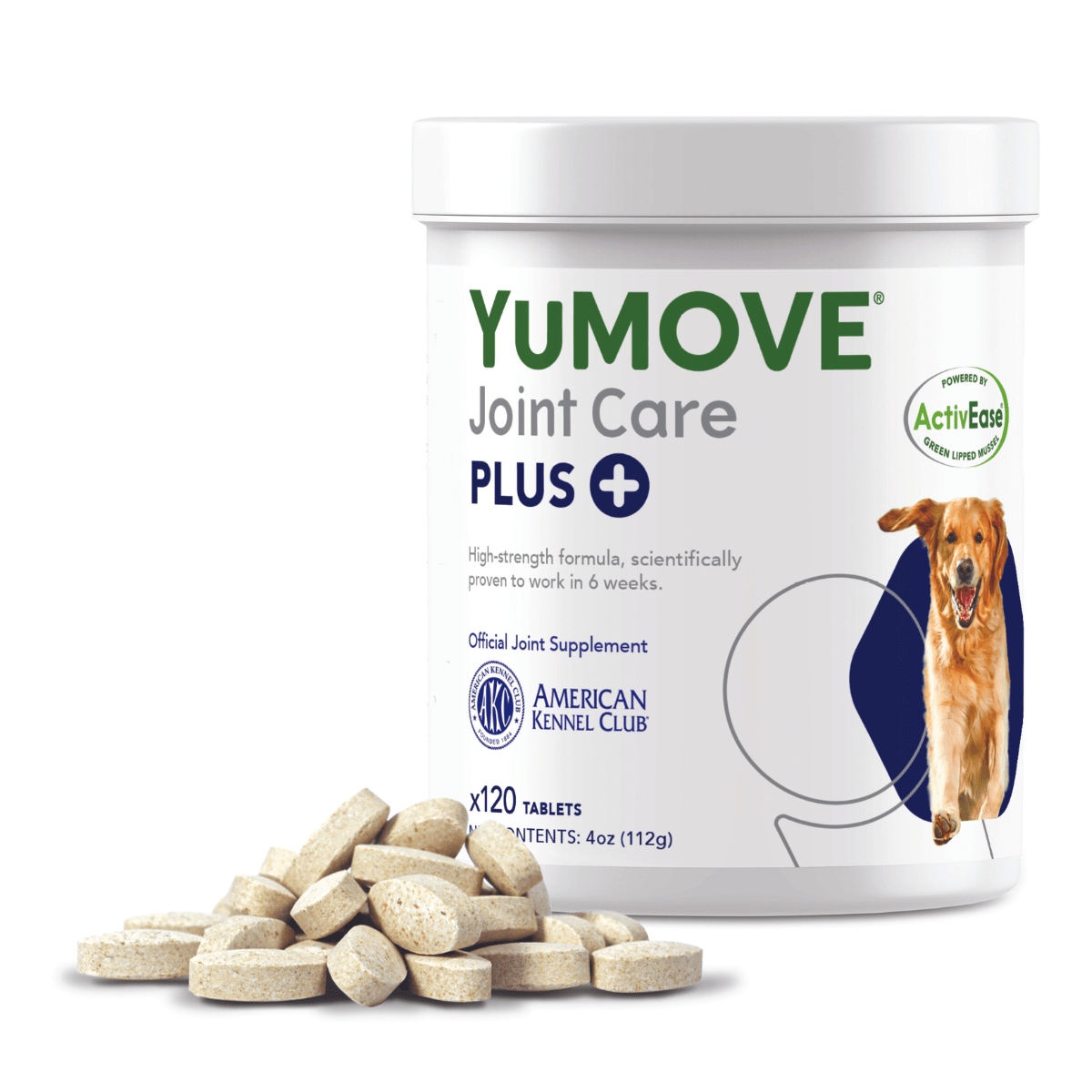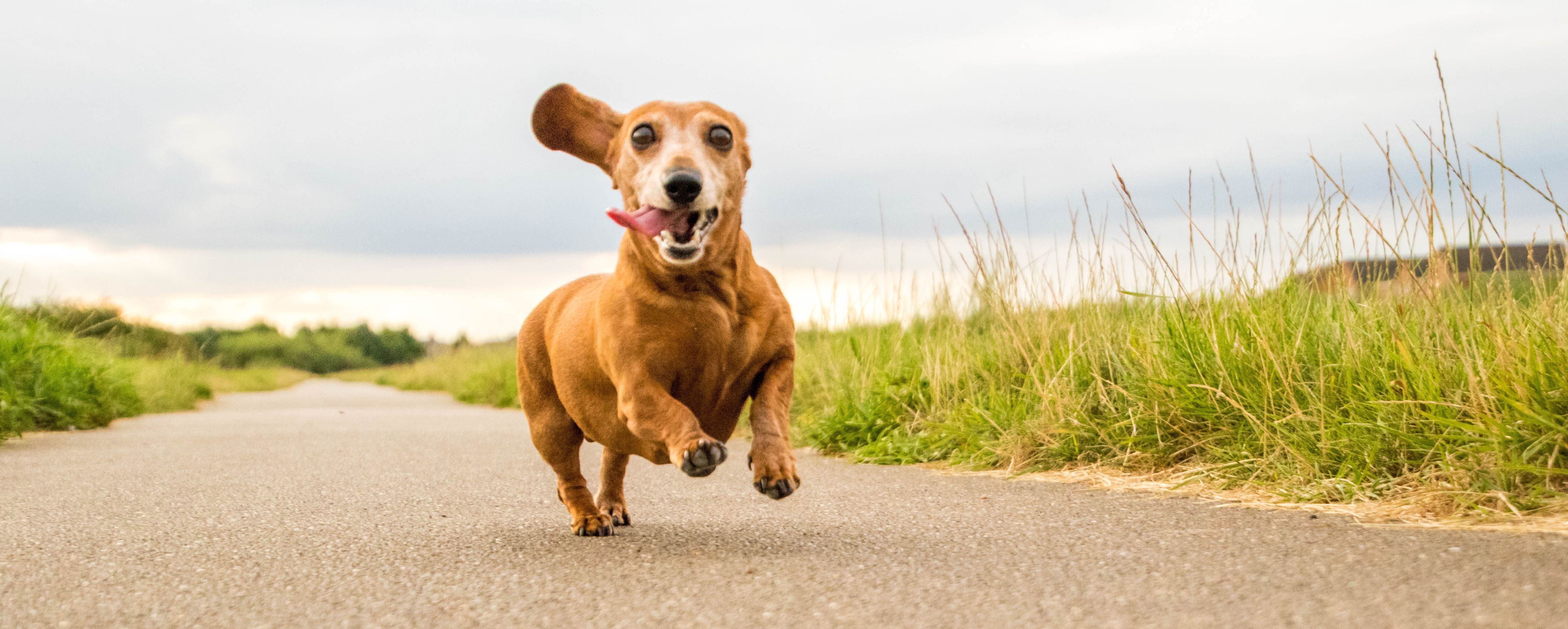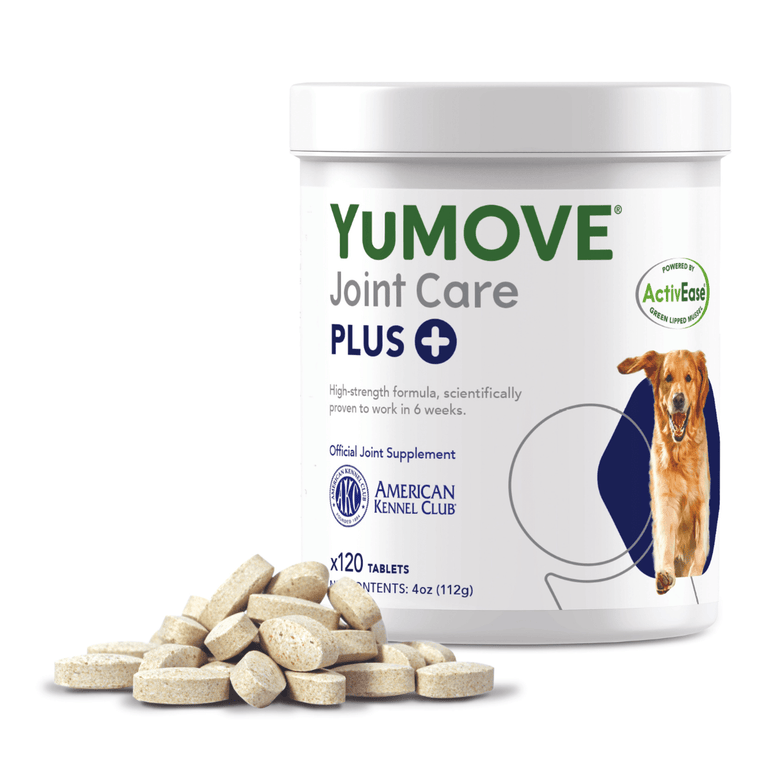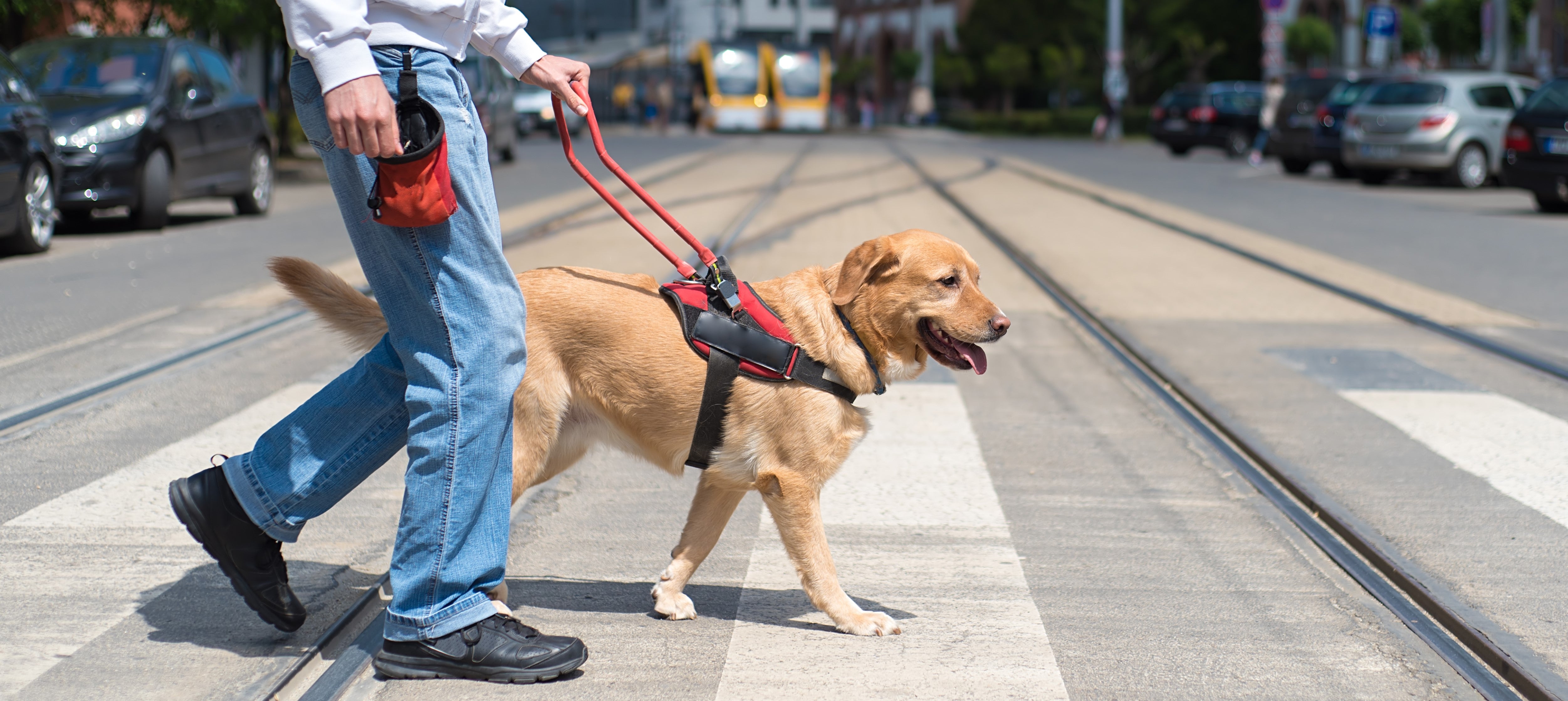According to Statista there are an estimated 89.7 million dogs in the United States. If you are a dog owner or lover, you will have no doubt heard of the factor of seven rule. When out walking your furry friend, ask any fellow dog walker how old their pooch is and they will likely mention the factor of seven rule.
The rule works on the widely-held belief that each calendar year a dog lives through is equivalent to seven human years, regardless of the stage of life the dog may be at. But research reveals that this equation is not so simple, as canines of different breeds and sizes age at completely different rates.
Here at YuMOVE, we looked at the most accurate way to convert a dog's age into human years. We took a look at some of the basic developmental milestones of both dogs and humans, to debunk the factor of seven rule.
Why your best friend isn’t getting any younger: science reveals that your one-year-old is 31 in human years!

Based on scientific studies conducted by Ideker and colleagues, it was that Methylation of occurs much faster in a dog’s earlier years, before slowing down as the dog ages.
Methylation, in simple terms, is a biological process that occurs to DNA throughout ageing within mammals.
To increase their chances of finding genetic factors associated with ageing, Ideker’s team focused on one breed of dog. Whilst the study was conducted on Labrador retrievers, all dogs—no matter the breed—follow a similar developmental trajectory, reaching puberty between 10 and 18 months, passing away before age 20 (in human years).
Comparing the methylation that occurs in Labradors against that which occurs in humans, it was established that within a dogs first year of life, the same mutations take place that typically take 31 years in humans.
This means that by the time a dog reaches one in its biological age, they could be the equivalent of 31 years old in human years.
Science suggests that your dog ages faster than you
As the methylation begins to slow after a dog's first year, so too does its ageing. The study discovered that although methylation slowed down, it still occurred at a rate faster than that seen in humans.
From this discovery, Ideker and his colleagues created a calculation that can be used to identify the human equivalent age for a dog at any given stage of its life cycle. The formula for calculating a dog's age is as follows:
A dog's human age = (16 ln(dog age) + 31
ln = the logarithm of the dog's real age
But fear not, instead of having to work out the logarithm for yourself, Sciencemag have created a dog age calculator which does all of the hard work for you.
We’ve created a conversion chart below which shows a dog’s age in human years, for dogs aged from 1 to 16 years.

Science reveals that a dog’s life cycle is half the size of a human’s
Whilst the biological age of a dog can vary depending on the size and specific breed of the individual (as different breeds age at different rates), pinpointing which stage of life your dog is at is much more straightforward.
Just like humans, a dog’s life cycle features specific stages which they transition through as they get older. Dogs transition through the different stages of their life cycle at different speeds and the rate of ageing is determined by factors such as genetics, nutrition and quality of care.
Compared to the complex nine-stage life cycle of a human, which we will detail later in the report, a dog’s life cycle is made up of just four main stages. These stages are: puppy, adolescent, adult dog and senior.
Puppy: 0-18 months old (ages vary on breed)

The puppy stage is the first stage of a dog’s life cycle, beginning at birth and lasting until dogs are anywhere from 6 to 18 months old.
Puppies are born blind, deaf and are unable to regulate their own body temperature. However, at around 2 - 4 weeks, they slowly start being able to see, hear and are able to stand and move around a little. As their senses develop and their curiosity broadens, they will start to take in their surroundings and discover things on their own.
The puppy stage is the best time to house train your furry friend to ensure that they don’t pick up any bad habits! This will save time - and mess - rather than trying to teach them down the line. It is also important to ensure that puppies receive the recommended vaccinations in their early stages, to prevent them from catching any diseases whilst they are at their most vulnerable.
Adolescent dog: 6-18 months (ages vary on breed)

The second stage of a dog’s life cycle is adolescence, which occurs sometime between the ages of 6 to 18 months.
Just like a human's teenage years, this is a time of growth spurts, hormonal and physical changes.
During this time, you may notice that your adolescent dog is reluctant to pay attention and is more likely to exhibit behavior which is not their ‘normal’ acceptable behavior. However, good behavior can be maintained with solid commitment to positive behavioral training. The efforts you put in here are what will remain with your dog for the rest of their lives, so keep it up!
This is the stage of life where dogs reach sexual maturity. Female dogs will be go into heat and able to have puppies, whereas male adolescent dogs will become more interested in marking their territory by sniffing and/or urinating.
Adult dog: 1-6 years (ages vary on breed)

Between the ages of one and three, your dog is considered to have reached the adult stage of their life cycle. This stage begins and ends at different times depending on the size and breed of the dog.
Unlike adolescent dogs, adult dogs become easier to manage and their training begins to pay off. Typically, this is a time when dogs are used to their surroundings and know what is and isn’t acceptable behaviour.
By this stage, you may notice your dog showing some signs of ageing and/or stiffness, such as:
- Being less excitable and/or playful
- Sleeping more often and for longer periods of time
- Finding it difficult to get up from resting
- Slowing down and taking longer whilst out on walks
Senior dog: 6-10 years (ages vary on breed)

Dogs experience and complete their life cycle at a much faster rate than humans. It is important to cherish each stage as a dog’s golden years will begin roughly between the ages of 6 and 10 years old, depending on their breed.
During this stage, dogs may show signs of slowing down and may require more sleep. When it comes to walkies, keep it short and sweet. 3-4 short walks is easier on your senior dog than one long one – and makes for a more interesting day for them. If you’re not a home in the daytime, some dog walkers even offer shorter oldie walks. Instead of taking your oldie on a long ramble that may leave them stiff the next day, they might be able pop by for a couple of shorter visits.
When you dog gets older, they will start to produce less Glucosamine and Hyaluronic Acid. Glucosamine keeps joints healthy and lubricated throughout the body by supporting the strength and integrity of joint structures. Hyaluronic Acid is distributed widely throughout connective, epithelial, and synovial fluid. Without these, dogs are more likely to experience joint stiffness, which can lead to muscle wastage and weight gain. Dental problems are very common in later life.
As dogs progress through this stage, it is vital to keep up with regular vet visits to ensure that your dog is receiving the proper care.
Key differences between each stage of a dog’s life cycle

Stages of a human's life cycle
In humans, ageing is the accumulation of changes in a human being over time, encompassing physical, psychological, and social changes.
Each individual will progress through each stage of the human life cycle at different speeds. Just like dog ageing, the rate at which a human ages is largely influenced by genetics. However, this can also be impacted by external factors including diet, exercise, stress, and smoking.
According to An Introduction to Nutrition, there are nine major stages within a human’s life cycle. These stages are: pregnancy, infancy, toddler years, childhood, puberty, older adolescence, adulthood, middle age and senior years.
Key differences between each stage of a humans life cycle

Through the ages: Active for life
So there we have it. Whilst a number of factors such as breed, size and weight impact on the ageing process in dogs, science has finally debunked the factor of seven myth.
Ageing is a natural process that we all must go through, whether human or canine. It doesn’t have to change your dog's lust for life!
If your dog is starting to slow down compared to its younger years, then you might want to consider trying our YuMOVE Joint Supplements the high-quality supplement that’s proven to work in just six weeks*.
Packed with high-quality ingredients that are specifically tailored for best friends with stiff joints, YuMOVE Joint Supplements will help soothe your dog's joints. This keeps them active for longer and keeps their tails wagging!









